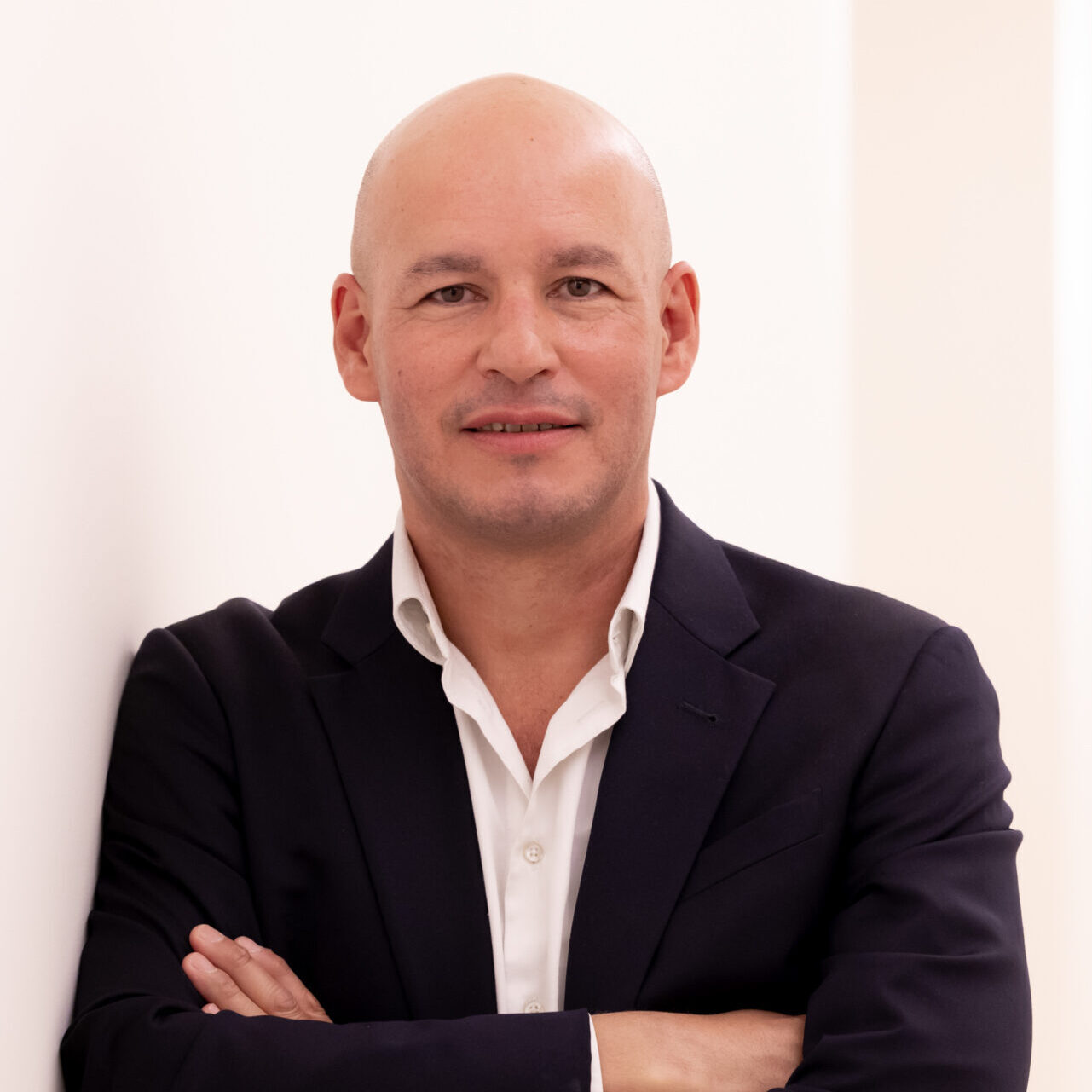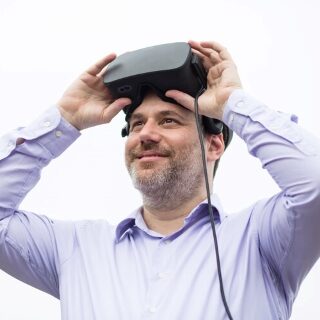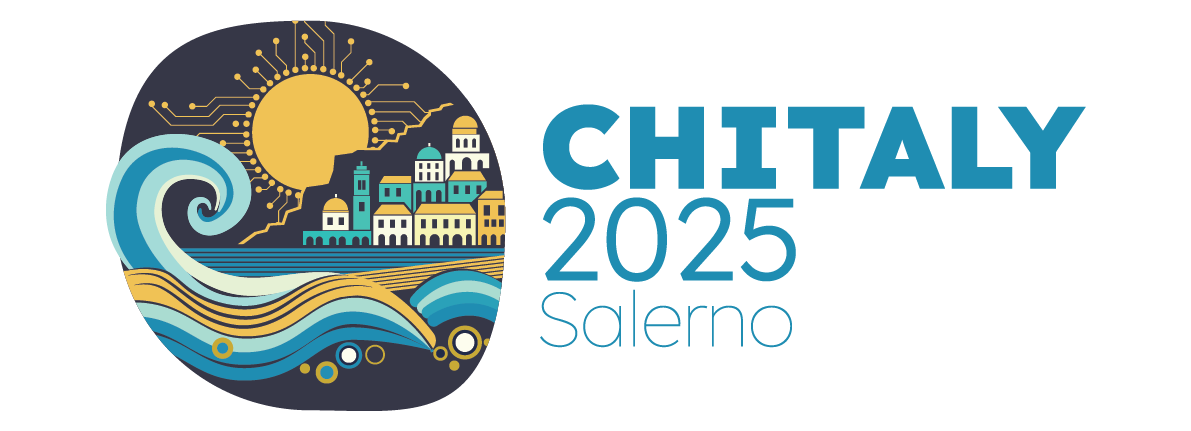Keynote Speakers

Nuno Jardim Nunes – October 8, 2025
The role of Digital in the New European Bauhaus
The keynote will explore the digital dimension of the Bauhaus of the Seas. This New European Bauhaus Lighthouse project envisions sustainable, inclusive, and innovative interactions with coastal and maritime ecosystems. In this keynote, I will highlight how digital tools and interventions are instrumental in advancing the project’s strategic goals – bringing together aesthetics, sustainability, and inclusivity to transform human relationships with the sea. Key examples and case studies will illustrate the role of digital technologies in enabling participatory design, fostering community engagement, and promoting new models for ecological restoration. These include using digital platforms for co-creation, sensor-based systems for real-time environmental monitoring, or interactive installations that raise awareness of coastal ecosystem health. The keynote will emphasise how these interventions align with the broader vision of the Bauhaus of the Seas. They are a new opportunity to widen the role of human-computer interaction and sustainable interaction design.
Nuno Jardim Nunes is a Full professor at Tecnico – University of Lisbon and the President and founder of the Interactive Technologies Institute (ITI), Portugal’s leading HCI and design research institute. Nuno is the co-director of the Carnegie Mellon International Partnership and adjunct faculty at the Human-Computer Interaction Institute at Carnegie Mellon University. Nuno strongly advocates the role of human-centric design in participatory culture and sustainability. His research influenced how digital technologies (including sensors, ML/AI, interactive storytelling, and mixed reality) can engage and inspire digital citizens to act sustainably and connect to nature and the broader ecosystems. Recently, Nuno has been coordinating the Bauhaus of the Seas, one of the New European Bauhaus lighthouse projects. Nuno organised several top conferences of the ACM SIGCHI and published more than 180 peer-reviewed papers in international journals and conferences in HCI, software, energy, sustainability, design, and service science. He was PI and co-PI of several research projects totalling more than 35M€ from European to national and industry-funded.
Read more about Nuno Jardim Nunes

Pablo Cesar – October 9, 2025
Social Extended Reality: Achieving Presence and Togetherness through Immersive Realistic Experiences
With Social Extended Reality (XR) emerging as a new medium, where users can remotely experience immersive content with others, the vision of a true feeling of ‘being there together’ has become a realistic goal. This keynote will provide an overview about the challenges to achieve such a goal, based on results from practical case studies like the Amplify and the TRANSMIXR projects. We will discuss about different technologies, like point clouds, that can be used as the format for representing highly-realistic digital humans, and about metrics and protocols for quantifying the quality of experience. The final intention of the talk is to shed some light on social XR, as a new group of virtual reality experiences based on social photorealistic immersive content. We will discuss about the challenges regarding production and user-centric processes, and discover the new opportunities open by this new medium.
Pablo Cesar leads the Distributed and Interactive Systems (DIS) group at CWI and is Professor of Human-Centered Multimedia Systems in the Department of Intelligent Systems (INSY) at TU Delft. He received the prestigious 2020 Netherlands Prize for ICT Research. He is IEEE (Institute of Electrical and Electronics Engineers) Senior member, the highest grade for which IEEE members can apply, and ACM (Association for Computing Machinery) Distinguished Member, cited for significant achievements across the computing field recognizing up to 10 percent of ACM worldwide membership. His research focuses on measuring and evaluating the way users interact and communicate with each other using a wide range of decentralized digital systems. Cesar has co-directed around 20 externally funded research projects (H2020, FP7, FP6, PPP, NWO).
Read more about Pablo Cesar

Ann Blandford – October 10, 2025
Working at the interface between HCI and Health: tales of challenges and triumphs
Novel technologies, including Artificial Intelligence, Virtual Reality, telemedicine, robotics, wearables and more, offer huge promises in healthcare – for use by clinicians, patients or both together. Yet many design concepts that look great on paper or in localised settings fail to scale up into impactful clinical practice. In this talk, I will reflect on experiences of working with interdisciplinary teams on various health technology projects. These teams have involved clinicians, patients, engineers, entrepreneurs, epidemiologists and health economists as well as HCI specialists. I will draw on examples to discuss some of the challenges as well as the triumphs and present lessons learned from working in multi-disciplinary teams. These include lessons about design processes, involving users, dealing with regulations and simply working with people who have different backgrounds and values to your own. By building on these experiences, we improve the likelihood of designing and deploying healthcare technologies that are truly impactful.
Ann Blandford is Professor of Human–Computer Interaction (HCI) at University College London. She is also a member of the ACM CHI Academy and recipient of an IFIP TC13 Pioneer award. She has led many research projects on the design of systems to support people managing individuals’ health. She works closely with patients, clinicians, and healthcare engineers, in both the UK and internationally. Her current projects address a range of health and wellbeing challenges; these include helping people manage diabetes, sexual health and Long Covid. She has published widely on the design and use of interactive health technologies, and on how technology can be designed to better support people’s needs and values, recognising that people are living complex lives and often managing complex health conditions.
Read more about Ann Blandford
